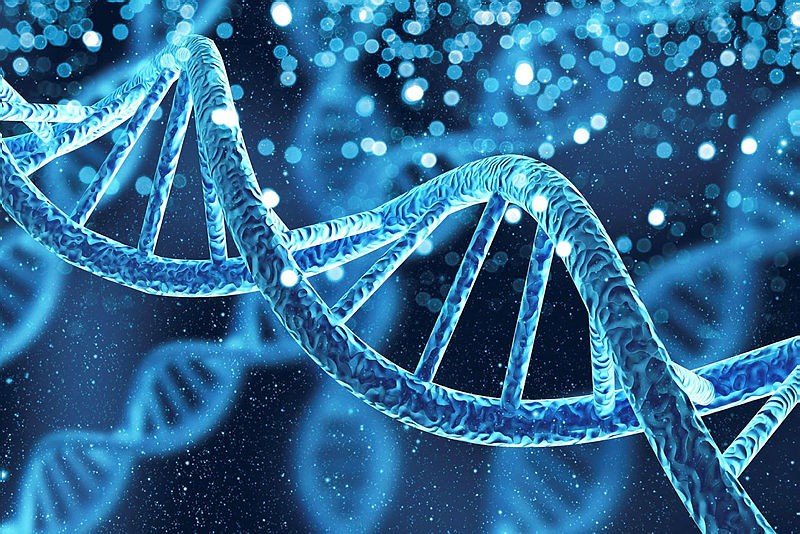
What Is Molecular Cytogenetics and Why Does It Matter?
Share
According to the report by Next Move Strategy Consulting, the global Molecular Cytogenetics Market size is predicted to reach USD 5.08 billion by 2030 with a CAGR of 10.1% from 2024-2030.
Molecular cytogenetics integrates molecular tools with classical karyotyping to detect chromosomal abnormalities that underpin many diseases. FISH uses fluorescent probes to target specific DNA sequences on metaphase or interphase chromosomes. CGH compares patient and reference genomes to reveal gains or losses of chromosomal regions. NGS adds sequence‑level resolution, enabling the detection of submicroscopic rearrangements.
Try Your Free Sample Here: https://www.nextmsc.com/molecular-cytogenetics-market/request-sample
Conclusive Summary:
Molecular cytogenetics enhances diagnostic accuracy by combining spatial chromosome mapping with molecular readouts, paving the way for personalized medicine.
- Detects balanced and unbalanced chromosomal changes at high resolution
- Informs diagnosis, prognosis, and risk stratification
- Underpins targeted and adaptive therapies
What Are the Latest Developments in Molecular Cytogenetics?
According to The Financial Express, MedGenome—with laboratories in Bengaluru and Foster City—announced a major expansion of its genomic services through the deployment of Illumina’s NovaSeq X Plus platform across South Asia, aiming to reduce per-sample reagent costs and increase accessibility to high-throughput sequencing. It includes:
• Augmented R&D investments in bioinformatics pipelines for faster genomic analysis
• Cost reduction goals, targeting whole-genome sequencing reagent costs to under USD 200 per sample
• Geographical expansion via the May 2023 acquisition of Prognosis Laboratories
Conclusive Summary:
MedGenome’s initiatives—geographical expansions, enhanced automation, and cost‑reduction targets—are set to democratize molecular cytogenetics in emerging markets.
- Automated workflows for higher throughput
- Competitive pricing to increase test uptake
How Is Molecular Cytogenetics Impacting Leukemia Research?
In paediatric acute myeloid leukemia (AML), cytogenetic profiles at diagnosis inform prognosis and treatment choices. A review has shown that 75 % to 80 % of children with AML harbor clonal, acquired chromosomal abnormalities, De novo disease comprises ~95% of pediatric AML cases, and balanced rearrangements (such as translocations) are the most frequent type of cytogenetic abnormality.
Core binding factor (CBF) AML (t (8;21) or inv(16)) represents ~ 25 % of cases and confers a favorable prognosis with > 80 % survival, though relapse still occurs in ~ 30 %
- Monosomy 7 and del(7q) are associated with adverse and intermediate risk, respectively.
- Trisomy 8 appears in 10 %–14 % of cases, often alongside other cytogenetic changes
Conclusive Summary:
Cytogenetic categorization in pediatric AML stratifies patients into risk groups—guiding risk‑adapted therapy and improving survival outcomes.
- High‑resolution cytogenetics is essential at diagnosis
- Balanced rearrangements often predict favorable outcomes
- Unbalanced abnormalities warrant intensified therapeutic approaches
What Molecular Characteristics Predict Response to Venetoclax?
According to the Hematology Advisor, in relapsed/refractory AML, combination regimens including venetoclax are standard of care. Retrospective analysis of 86 patients treated with venetoclax plus hypomethylating agents or low‑dose cytarabine found an overall response rate (ORR) of 31 %, with 24 % achieving complete remission (CR or CRi). Key predictors of response included:
- NPM1 or IDH1 mutations, each associated with ORRs of ~ 62 %–67 % (P ≤ .03) and prolonged overall survival.
- Adverse cytogenetics predicted a lower ORR (21 %; P = .03) and shorter survival.
- Patients with prior hypomethylating‑agent exposure plus DNMT3A mutations had ORRs of 17 %, versus 67 % in DNMT3A‑mutant patients without such exposure (P = .02).
Conclusive Summary:
Integrating molecular mutation profiling with cytogenetics refines prediction of response to venetoclax combinations, enabling personalized salvage therapies.
- IDH1/NPM1 mutations predict higher venetoclax sensitivity
- Adverse karyotypes signal need for alternative strategies
- Prior treatment history influences response in specific mutation contexts
Next Steps: Actionable Takeaways
- Expand Cytogenetic Panels: Laboratories should incorporate both FISH and NGS‑based assays to capture balanced and submicroscopic rearrangements.
- Adopt Risk‑Adaptive Protocols: Clinicians must stratify AML patients using cytogenetics at diagnosis to optimize therapy intensity.
- Leverage Molecular Predictors: Integrate mutation panels (e.g., IDH1, NPM1, DNMT3A) into decision algorithms for venetoclax regimens.
- Invest in Automation: Diagnostic centers can reduce turnaround times and costs by adopting automated imaging and bioinformatics workflows.
- Foster Collaborations: Partnerships between genomics companies and regional hospitals will broaden access to advanced cytogenetic tests.